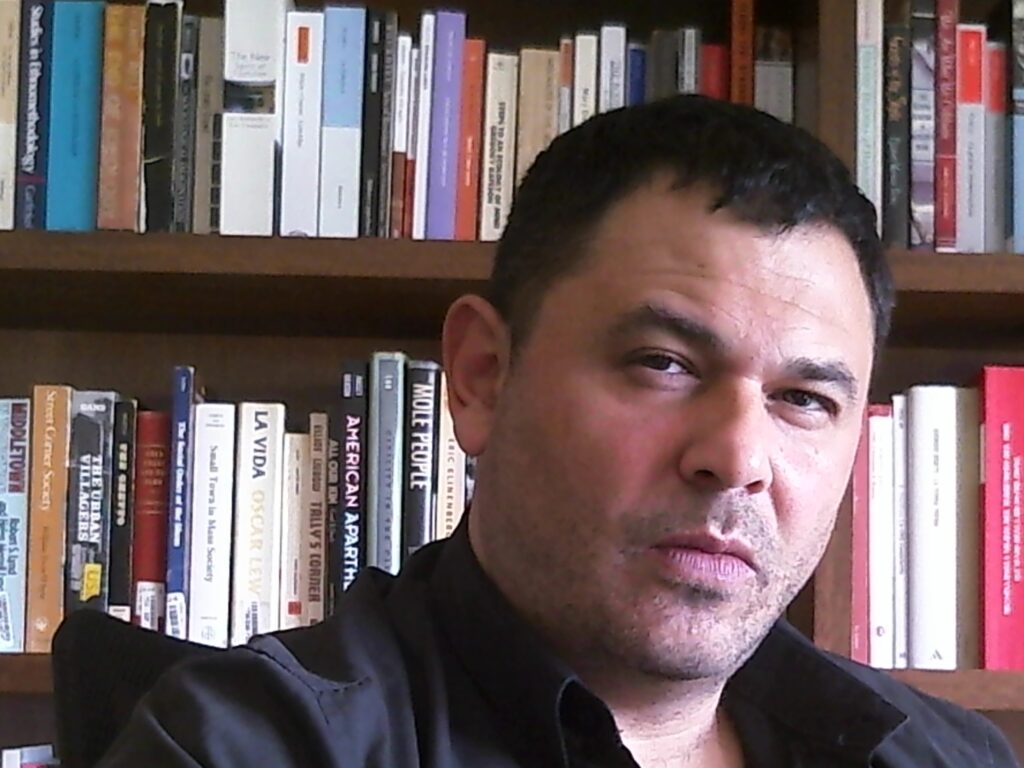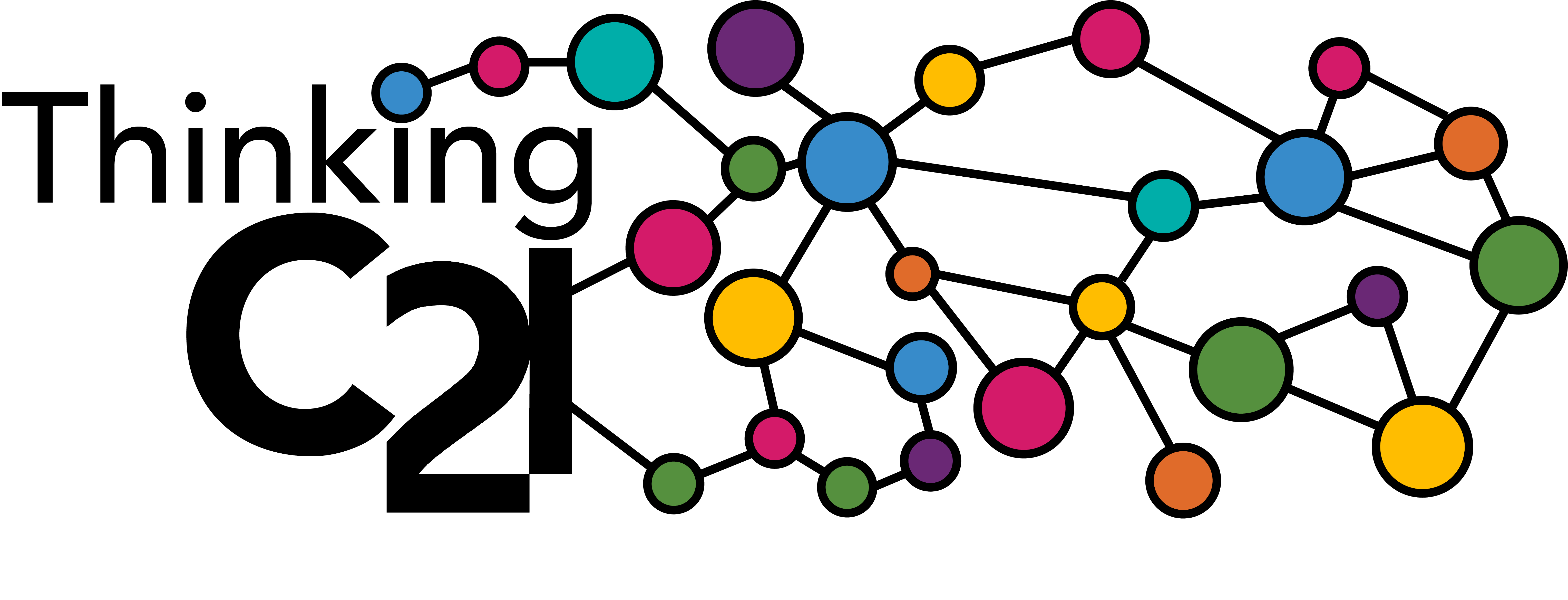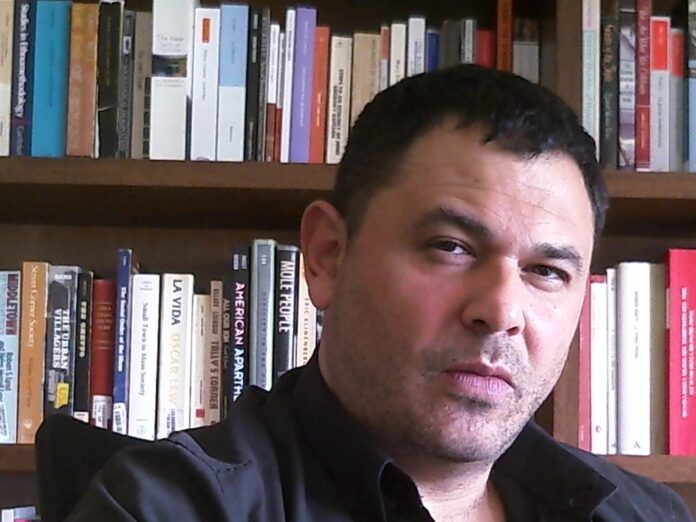Originally published in Gagarin Magazine (Italy), this interview has been reprinted here with permission.
Antonio Gramentieri, aka Don Antonio, is a musician, producer, and journalist. He has worked, as a studio engineer or a musician, with artists such as David Hidalgo, Jim Keltner, Evan Lurie, Marc Ribot, John Convertino, Giant Sand, Steve Shelley, Richard Buckner, Dan Stuart, Alejandro Escovedo, Hugo Race, Terry Lee Hale, Bill Elm and Friends of Dean Martinez. Pietro Saitta is professor at the Department of Cognitive, Psychological, Pedagogical and Cultural Studies of the University of Messina, Italy.
[Pietro is a distant friend and esteemed scholar with a past as punk-rocker, who has always had an ever attentive look at the margins and at the social implications of public policies. We asked him to open this cycle of Conversations on Freedom, which start from current affairs and imply themes such as freedom of thought, expression, and the arts, against the background of the Coronavirus era—AG.]
Antonio Gramentieri: From the special observatory of our professions, taking for granted the different variations of “social distancing” underway in the various countries, does there exist a limit beyond which the statistical protection of health risks causes other types of social “disease”?

Pietro Saitta: Undoubtedly, yes. But before talking about anything else, I would like to say something about health. Distancing has as its purpose the preservation of one aspect of health in the interest of as many people as possible. But the effect of a protracted distancing consists in affecting many other aspects that make up this very idea of health. Psychic health, in the first place. The implications of social distancing, in fact, may not be too great for those who have, above all, psychological balance and, in addition to this, technological accessibility that allows them to oppose physical isolation through the enhancement of digital relationships. Possibly, people who compose the immediate social networks of this idealized person should be made up of individuals who have the same endowment. Finally, this ideal candidate for “good social distancing” should be one who possesses the capital that allows him not to worry too much about inactivity, or not to worry about it at all if, by chance, he/she has a public job or any other stable resource of that sort. For those who are excluded from all this partly or entirely, or for those who are not in a condition of psychological equilibrium, distancing can acquire much more bleak meanings.
Not to mention, moreover, those who are forced to endure intolerable relationships and cohabitations. Or those who have a range of diseases that vary from minor ones – a denture to be reshaped, for example – to extremely serious ones, whose treatment is indefinitely postponed.
It is clear, therefore, that health plays a fundamental role. And in this framework of social distancing with unequal effects, it is clear that society is likely to get sick for real, and not in metaphorical terms.
More generally, my idea is that catastrophes in a broad sense do not create truly new conditions. They only make the existing relationships, trends, latent structures and tics more evident. For example, I think it is true that the political response to the pandemic increases the authoritarian risk, so to speak. But this turnaround was already implicit in the direction taken by technologies, in the securitization of urban policies, the prevalence of a political culture based on the “friend/enemy” dichotomy, as well as the internal organization of states and many other things. Therefore, today we see authoritarian Italian governors and mayors making restrictive and ridiculous ordinances, competition-based health systems that collapse, citizens who want to be protected and are happy with such restrictions, and so on. But all this existed, and had already arrived, well before the pandemic. All these are therefore only “diseases” that are manifest today and now visible to everyone, and not only to the “clinicians”—that is, to social critics, sociologists, activists or those who have said these things for some time. There is therefore no social pathology that derives from the pandemic, but many long-lasting social ills that become obvious.
AG: What is in your opinion the role, or at least the entry point, of an artist, an intellectual, a cultural operator in this debate? Can there exist a European culture, even more a Mediterranean one, without a physical agora, without social contact?
PS: I don’t know how generalized it can be. So I will start from my experience, still trying to identify valid points in general. As far as I’m concerned, my experience is linked to the university and to a discipline which is very individual in certain aspects, such as Sociology. Or, in any case, decidedly more individual than other areas, such as those of the laboratory sciences, which are much more collective. Furthermore, although I have not played for many years and therefore leave that aspect out, I believe that there are several points of contact between the work of a “humanist” and that of a musician.
I would therefore start from the point of view that, even in regular times, university work can contemplate a lot of isolation. Except of course the case of those who get involved in the life of committees and bureaucratic work. But for others, with the exclusion of the time one spends for teaching, receiving students and other commitments—for example, the time to retrieve data, to do interviews or field research–the life of the researcher is often physically spaced, set apart. But—especially if you are no longer young and have dense networks established in the years of “free movement” (which will come back eventually)—this spaced life is at the same time a very social life and, at least in some cases, fairly cosmopolitan. It is a life of requests to read and evaluate essays considered by magazines for publication; invitations to contribute to special issues; or to make speeches at conferences, also through Skype (and well before Covid-19). And speaking of this, we should say something about the “Skype convicts”: that is, those who consume hours and hours attached to that software by discussing with colleagues from all over the world about the next conference to be organized, the next collective volume to be published, or the next European call for research.
In light of this, therefore, I would say that there has been a global research space for some time, that is also relatively un-bodied. That is, made of remote meetings, or of purely intellectual exchanges assigned to files that travel up and down the Internet.
And the same thing, of course, has existed for at least twenty years for music too. I am an old punk-rocker and I wouldn’t know how to make music outside of analogue modes. But for at least twenty years I have known people who make music by creating sections that are sent to the other side of the world, integrated and then downloaded to a disc, a CD, or a file to be sold on a platform. So, even in the case of music, for decades there has been a very cosmopolitan cultural under-world that has disregarded physical presence for much of the time.
AG: Let’s start from a purely pragmatic corner, which is perhaps taken for granted. Art and culture are also trades, and not just the job of those who go on stage. Realistically how do you see the return to life? Can there be any, with what precautions and with what strategies? And with which starting conditions, in your opinion?
PS: I don’t really know how to respond. In the first place the restart—if it will ever be linear, that is, not marked by abrupt rotten back due to new spikes in contagions—will not follow a strictly scientific logic. It is likely that it will be conditioned more easily by the demands of the industrial world that matters, so that the effects will snowball on the other sectors. It will therefore be necessary to take into account the possibility of delays, including substantial delays, in the restarts of the manufacturing industry and, say, the immaterial economy.
Coming to this latter—which is the culture industry—you can imagine that the recovery will be extremely slow because in recent months many small stores of capital got burned, that is, the savings of this myriad of small businesses, ranging from publishing houses to bookstores to clubs where international music is played. This capital—which is also often small, given that we are talking about activities that are in most cases always “on the edge,” if not over it—is made up both of shared capital and the personal savings of individual cultural entrepreneurs. In short, the latter (personal savings) often goes to support the former (company capital). In addition, cultural companies that also produce tangible goods, such as small and medium-sized publishing houses, have practically burned the money spent in the editions of the first months of this year that went unsold, or were poorly distributed in the market (for example, for weeks, at the beginning of the second semester, my students couldn’t buy the books because the distributors didn’t work; and at the peak of the pandemic giants like Amazon privileged goods other than books). Publishers, therefore, will be forced to rethink the programming of the next months, losing twice over the course of this process: the first for effect of the old unsold works, the second due to the reprogramming of titles which could induce many houses to reduce the number of releases (except the option of referring to authors or university departments through the request of subventions to publication, as is already common, especially in the case of academic publishing, in certain sectors). In addition, the customer portfolio is certainly emptier, and, therefore, what was already a market in strong contraction will further decrease.
Similarly, clubs may not invest in more expensive, often foreign, bands and may be forced to completely remodel their offerings by focusing on local and cheaper options. The effects I am talking about, it must also be underlined, concern the next season and not the present one, which, moreover, is at the end due to the summer break. And speaking of the summer, there is also the festival season, which obviously will not start. In short, the recovery—but this is very trivial to say—will be extremely slow and differentiated according to the sub-sectors. Furthermore, I imagine that many businesses may be forced out of the market. And I would always consider the possibility of a “yo-yo” recovery. That is, the possibility that de-distancing process may be interrupted at some point for the situation to worsen. I am therefore not very optimistic and I foresee long periods of time before we can return at operating speed in a quantitatively and qualitatively different framework from that of the beginning of the year.





